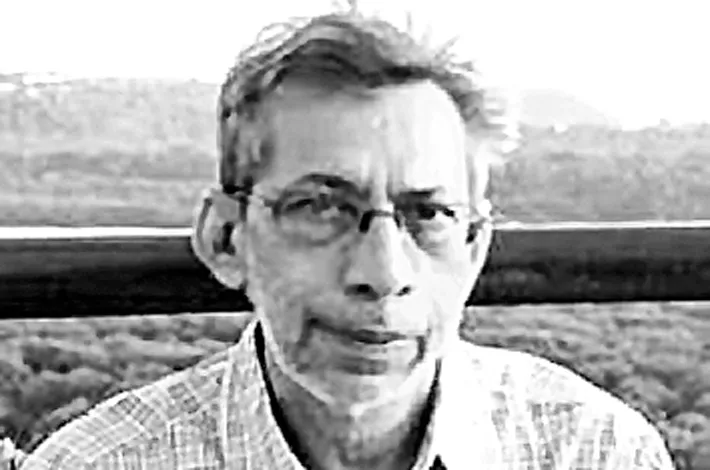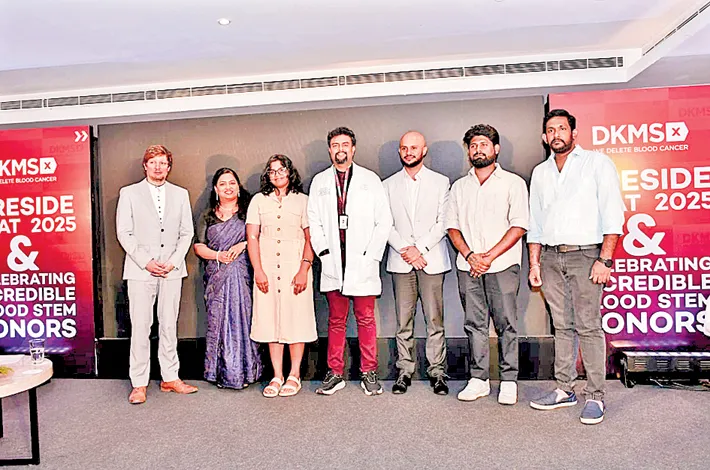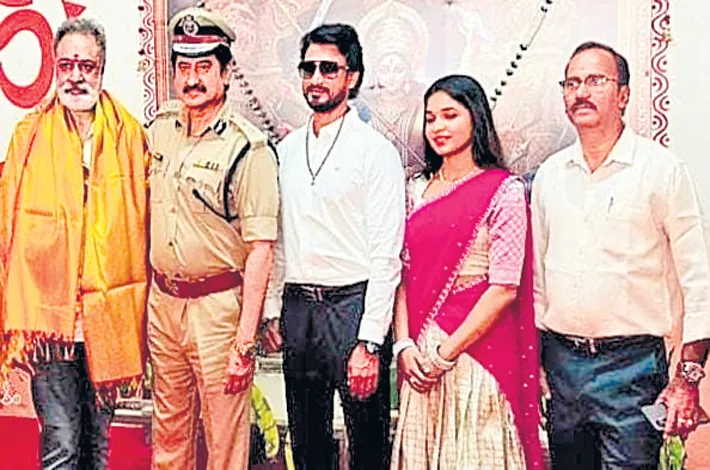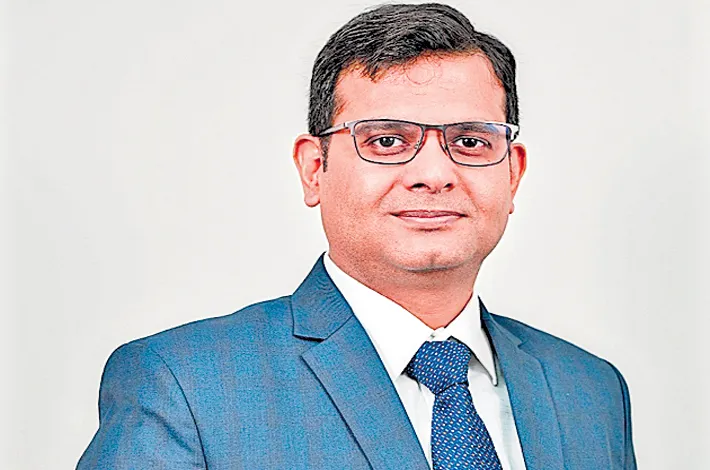Why Indian democracy works but not that of our neighbours
01-10-2025 12:00:00 AM

Despite the constant struggle to handle the challenges and aspirations of castes, the larger goal of all stakeholders is to make the system work
The recent massive protests in Nepal, led by young men and women, brought down an elected government which the protestors saw as corrupt and unable to meet their aspirations and developmental needs of the country while the ruling elites and their children enjoyed privilege. With the regime change in Kathmandu, marred by large-scale violence, Nepal joined Bangladesh and Sri Lanka, which have also seen youth-led violent movements in recent years, driven by discontent over allegations of massive corruption in government, misgovernance, and lack of development and economic opportunities for youth. Despite the small and big differences in each of these upheavals, the scale and fundamental similarity in grievances and long-term discontent is inescapable.
Protests and social, political, or economic movements are an inalienable right in a democracy. Whether mass-driven or elite-inspired or both, they are integral to the democratisation process and have long occupied a central role in shaping public policy and legislation. Since independence, India has seen many protests, social movements, and civil resistance aimed at influencing public opinion and/or government policies. In fact, India’s genesis itself is a product of popular struggle against the British rule. But India has navigated and coped with every crisis, including violent separatist movements, with remarkable success through democratic means.
Democracy is messy because of its inherent complexities, imperfections, and tensions between common good and self-interest. Its process is not transparent, but in a diverse society like India, with conflicting views, social and political interests, and ideologies, democracy has been sustained and succeeded on the strength of the system that is designed with many checks and balances, as power and authority are spread across different branches of government, which are supposed to operate independently of each other. We often complain of gridlock, filibuster, and the challenges of getting anything done and wonder whether there is something fundamentally wrong with the system of governance or if it is working as intended. The Indian system may not be perfect, but we have flourished as a nation.
Despite constant inherent tension between the common good and self-interest, democracy endures as a “beacon of hope” because it is a system that keeps evolving and promotes equality among citizens, provides a method to resolve conflict, and improves the quality of decision-making, though it is not the ultimate solution to every problem.
If “democracy is a device”, as George Bernard Shaw once said, “that ensures we shall be governed no better than we deserve”, the challenge to democracy, as John Adams said, is its “tendency to commit suicide” when those elected seize the opportunity to entrench themselves in power by exploiting the chronic vulnerabilities of the democratic process.
Consider what happened in Sri Lanka and Bangladesh in recent years. Three years ago, protestors stormed the Sri Lankan president’s Colombo residence, forcing Gotabaya Rajapaksa to flee to the Maldives. The trigger was a severe shortage of everyday essentials, hyperinflation, and the balance-of-payment crisis. Last year, student protestors in Bangladesh organised a mass movement that forced prime minister Sheikh Hasina to resign and relocate to India. The major grouse against her party, Awami League, was monopolisation of jobs. In both cases, wider frustration about corruption, rising inequality, and economic stagnation brought people onto the streets. The upheavals in our neighbourhood have lessons for India. The true mark of political leadership in a democracy is not the autocratic hold on power and self-serving welfare, interests, and propaganda, but public accountability, rule of law, and equality and opportunities for all, besides how effectively it contributes to nation building and the well-being of citizens while building a truly democratic society that future generations can be proud of.
So, what works for India but not in our neighbourhood? In per capita terms, Nepal is at $1,447, Bangladesh at $2,593, Sri Lanka at $4,515 and India stands at $2,696, according to the World Bank data. Nepal is the poorest of the lot, while India and Bangladesh are comparatively at the same level, and Sri Lanka is well ahead of the three. India is the most populous and developing economy, but it also has the largest number of poor people in the world and ranks below Sri Lanka and Bangladesh on the Human Development Index. With deep and pervasive inequality, India ranks 105th out of 127 countries on the Global Hunger Index. It is no secret that for more than 50 per cent of India’s population, survival is an everyday struggle.
Rural poverty remains high due to inadequate infrastructure, poor service delivery, and limited economic opportunities. Good, affordable education and public healthcare are a huge concern for both urban and rural masses. Unemployment and poor skills of the workforce are big worries. Still, India is a striking exception in South Asia. This is for two reasons. One, India achieved independence without a revolutionary rupture and has remained a functioning democracy within the boundaries of institutional structures. This has allowed the system to absorb occasional shocks and challenges by integrating various lower castes into the political power structure. Two, India’s erstwhile socialist model, despite economic reforms and liberal policies, continues to be the system’s policy foundation with innumerable welfare policies, schemes, and freebies to mitigate economic pain. Despite a constant struggle to handle the problems, challenges and legitimate issues and aspirations of many castes and sub-castes, besides lop-sided development, the larger goal of all stakeholders is to make the system work.








